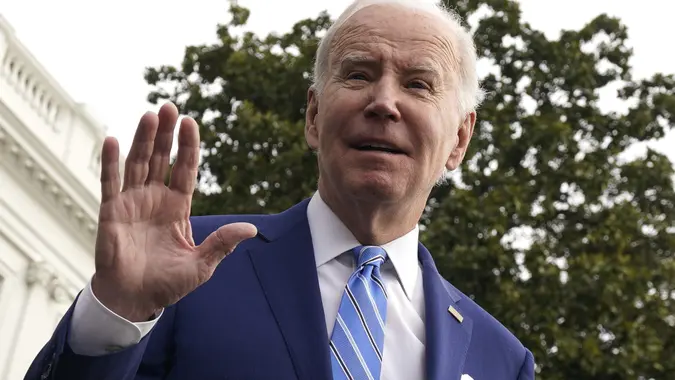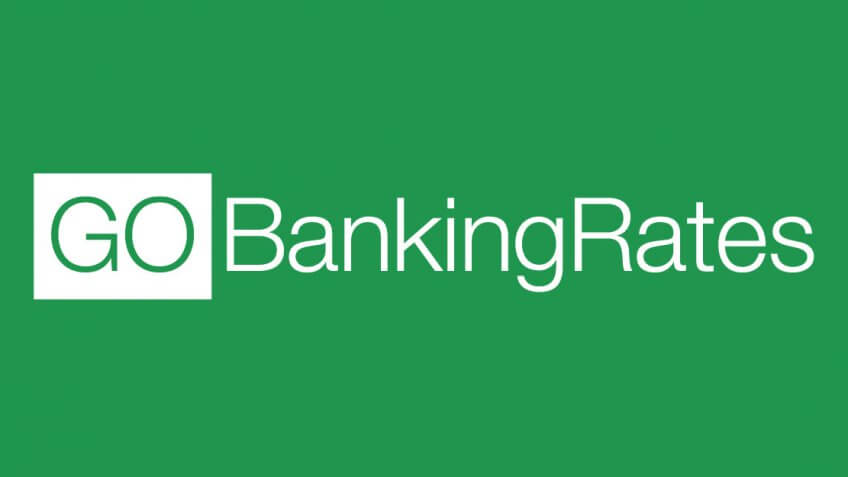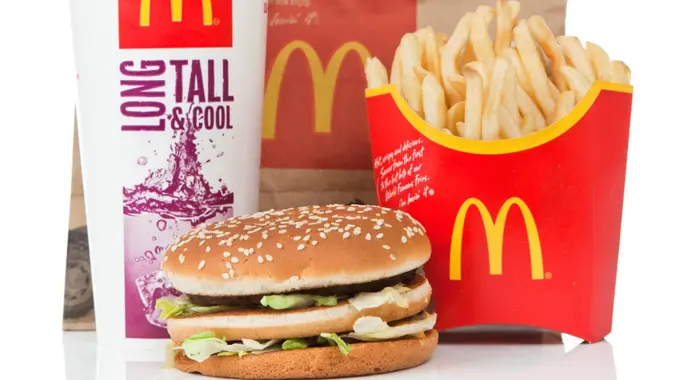Will Ending SNAP Emergency Funds Hurt Biden 2030 Anti-Hunger Goal?

Commitment to Our Readers
GOBankingRates' editorial team is committed to bringing you unbiased reviews and information. We use data-driven methodologies to evaluate financial products and services - our reviews and ratings are not influenced by advertisers. You can read more about our editorial guidelines and our products and services review methodology.

20 Years
Helping You Live Richer

Reviewed
by Experts

Trusted by
Millions of Readers
The Biden administration has an ambitious plan to battle food insecurity and diet-related health problems in the United States, having set a goal of “ending hunger and increasing healthy eating and physical activity by 2030,” according to a September 2022 White House news release. But achieving that goal will be a challenge with upcoming changestoSupplemental Nutrition Assistance Program (SNAP) benefits.
Beginning in March 2023, COVID-era emergency SNAP allotments are due to come to an end across the U.S., which means that recipients who qualified for the extra money will see their monthly payments fall by $95 or more.
Some individual states have already ended emergency allotments, according to the U.S. Department of Agriculture. These include Alaska, Arizona, Arkansas, Florida, Georgia, Idaho, Indiana, Iowa, Kentucky, Mississippi, Missouri, Montana, Nebraska, North Dakota, South Dakota, Tennessee and Wyoming.
With the emergency allotment no longer available, anti-hunger advocates have warned of a potential “hunger cliff” for many of the 42 million people who depend on SNAP.
States that have ended the emergency payments are already seeing some of the effects. One of them is Georgia, which stopped paying emergency SNAP allotments at the end of May 2022. Visits to the Atlanta Community Food Bank, which serves 29 counties, rose by about 34% from July through December 2022 compared to the same period the previous year, according to NBC News.
Kyle Waide, the organization’s president and CEO, told NBC that the increase in demand was directly attributable to the loss of the emergency allotments along with the end of other pandemic-era measures such as the child tax credit and universal free school meals. “We’ve been worried about lines getting longer at food pantries for a variety of reasons,” Waide said. “And as it turns out, those worries and concerns were well-founded.”
The SNAP emergency allotments were originally approved with the idea that they would end when the COVID public health emergency ends — and that will happen soon. As GOBankingRates previous reported, the White House said in a Jan. 30 announcement that it would end the COVID-19 national emergency and public health emergency on May 11, 2023.
The fact that emergency SNAP allotments will end more than two months before then has caused alarm — not least because grocery prices in the U.S. remain historically high even as overall inflation has eased. The USDA’s Economic Research Service forecasts that food prices will rise by 4.2% to 10.1% this year compared to 2022.
As part of its 2030 initiative, the White House aims to improve food access and affordability, partly by expanding SNAP eligibility to more underserved populations. So far, that hasn’t happened. In fact, lawmakers in some states — including Iowa — have moved in the opposite direction by proposing tighter eligibility requirements and restricting the kinds of foods that qualify for SNAP.
All of which paints a bleak picture for Americans struggling to put food on the table, experts say.
“Everybody toward the bottom of the income scale is just facing really significant economic pressure right now,” Waide told NBC News. “The discontinuation of these programs, in some ways, couldn’t have come at a worse time.”
More From GOBankingRates
 Written by
Written by  Edited by
Edited by 

























